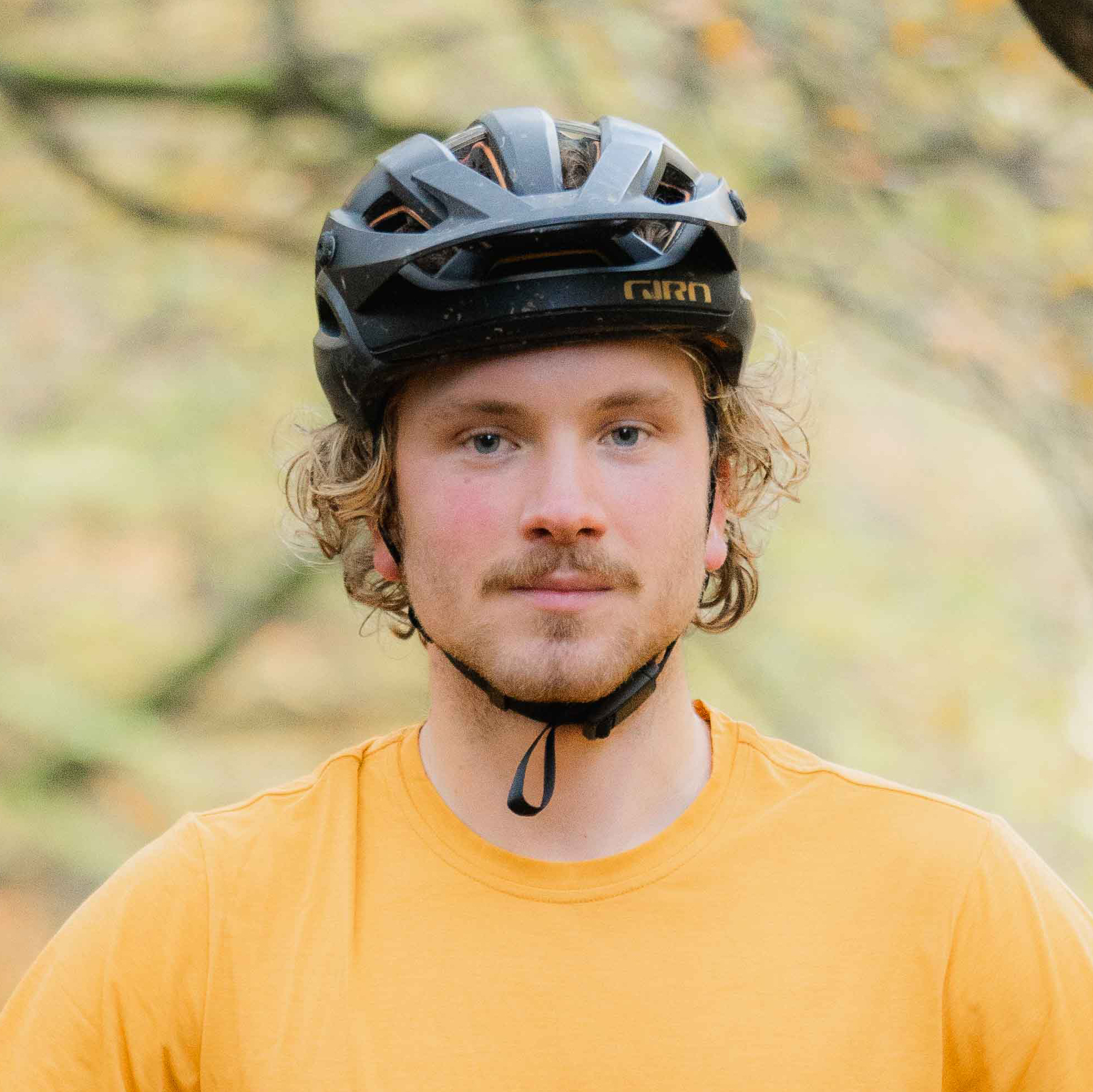Frame geometry is the foundation of a mountain bike, enabling you and your bike to work in harmony and tackle off-road terrain. But how do you make sure your bike’s geometry is right for you?
In this article, we explain how to tweak your bike’s geometry to suit the trails you ride and complement your riding style.
Most modern mountain bikes offer adjustments that enable you to alter the geometry. We’ll take a look at how these work, why you should adjust them and how you can modernise the geometry of an older bike to bring it back up to date with the latest geometry trends.
Four key MTB geometry measurements to consider
Reaching the correct geometry for your body and your riding style can make a world of difference to how much you enjoy your time on the bike.
Even small changes – a degree here or a millimetre there – can make a big difference.
We’re going to explain the importance of head angle, reach, chainstay length and bottom-bracket height before outlining what tech you can use to adjust them.
Head angle
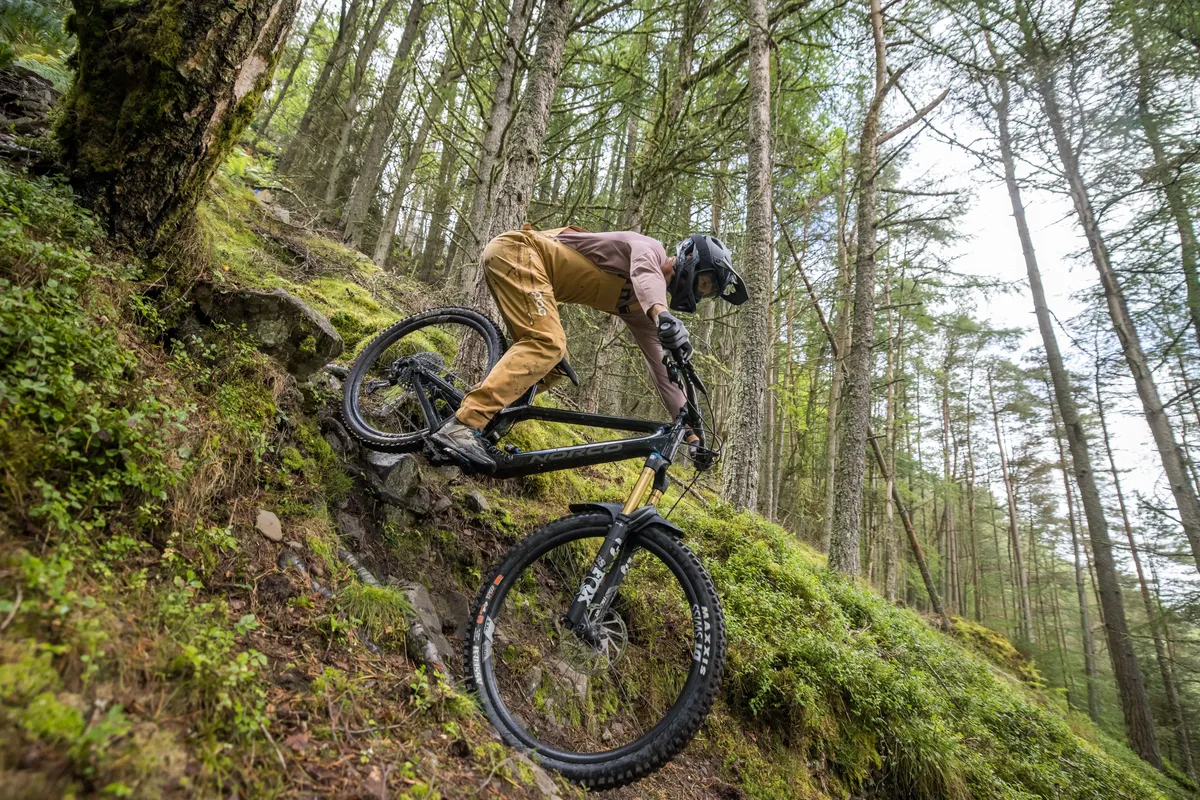
The head angle is the steepness of the steering axis. It alters the angle at which the fork is attached to the bike. The slacker the head angle is, the more laid-back the fork is and the more stable the handling of the bike.
A bike with a slacker head angle is less affected by bumps hitting the front wheel, and less prone to pitching forwards. This is why you see steeper head angles on enduro and downhill bikes, which are designed for riding down steep, rough terrain.
A bike with a slacker head angle will change direction more slowly, with a calmer steering response.
That also means a slower response to cornering inputs and can make it challenging to weight the front wheel, which is important for generating traction.
Reach
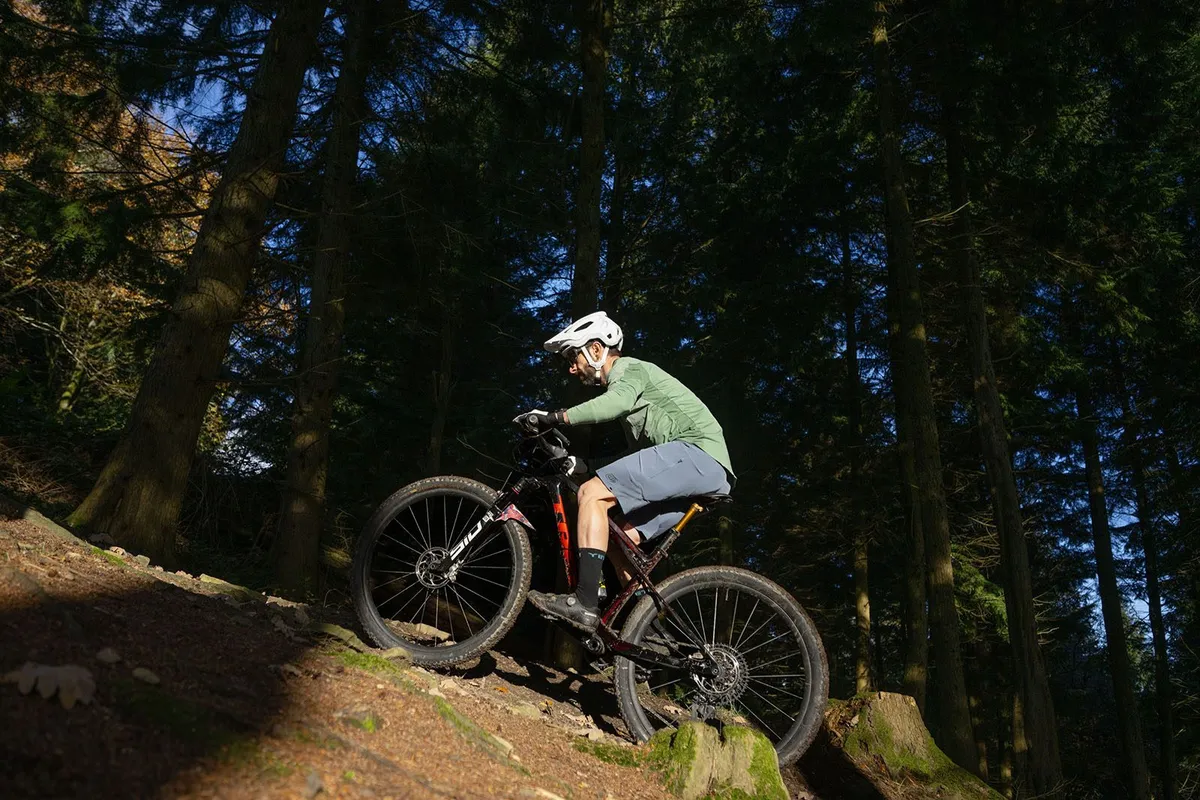
Reach is the horizontal distance from the centre of the bottom bracket to the centre of the head tube. It's the measurement that helps to dictate how a bike feels when you're standing up on the pedals.
Longer reach means more stability and more room for moving your body around on the bike. The downside of a long reach is the bike’s slower response to your inputs and the need for more body movement to control the bike.
A reach that is too short means you’ll feel cramped on the bike when standing on the pedals. It can feel as though you’re always too far over the front or rear of the bike, instead of comfortably in between the wheels.
Chainstay length
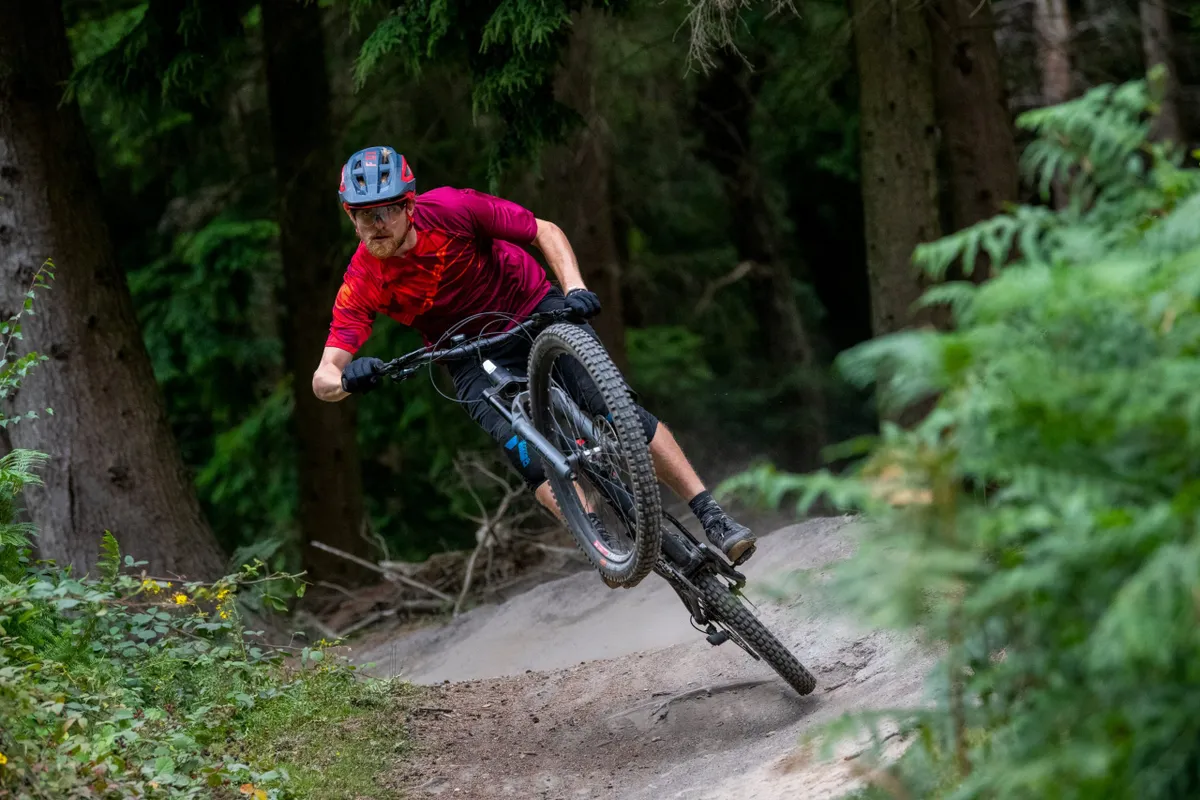
Chainstay length is the distance between the centre of the bottom bracket and the centre of the rear wheel’s axle.
Shorter chainstays make bikes easier to manual and more playful in corners, but longer chainstays mean stability when climbing and calmer handling, particularly when cornering.
Bottom bracket height and drop
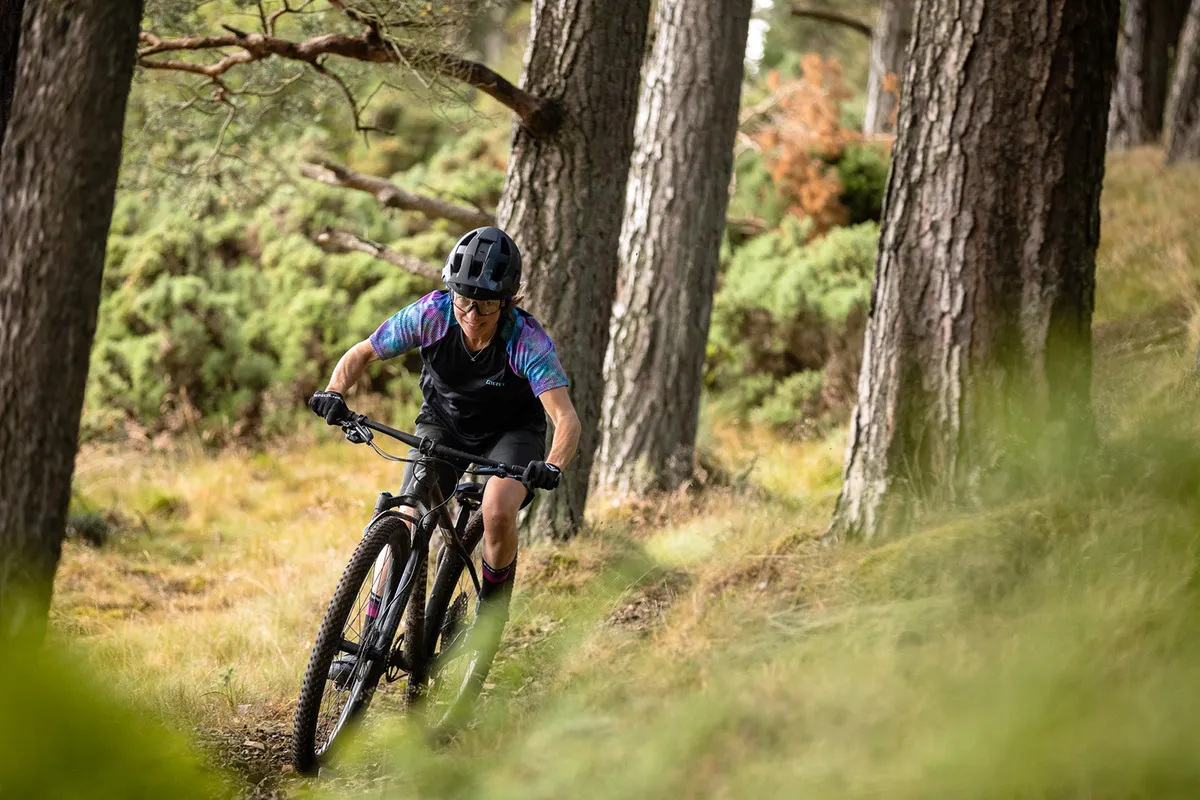
Bottom bracket height is the vertical measurement from the ground to the centre of the bottom bracket.
A low bottom bracket height means more stability when travelling in a straight line, plus it can feel more confidence-inspiring in turns. But if you go too low, it can lead to pedal strikes when pedalling over rough terrain.
Taller bottom bracket heights mean it’s easier to initiate a turn because you can tip the bike into the corner with less effort. However, a high bottom bracket can feel less stable, because you’re riding higher above the bike.
Bottom bracket height measurements can be misleading when comparing the geometries of two bikes because it can be affected by factors such as tyre diameter.
Bottom bracket drop offers a much more comparable measurement. This is a vertical measurement from a horizontal line through the centre of the bike's hubs to a parallel line at the centre of the BB.
MTB geometry adjustments explained
Now we’ve outlined the main geometry measurements to consider, we’ll explain how you can adjust them, and how to know which positions are right for you.
Headset cups

Headset cups house a bearing for your fork to rotate around, enabling you to steer.
Adjustable headset cups have holes that are drilled off-centre to the outside diameter of the cup. Because of this, they can be used to change either the reach of the bike or the head angle.
Reach-adjust headsets, often called offset headset cups, move the fork forwards or rearwards inside the head tube to lengthen or shorten the bike’s reach.
If your bike feels too cramped when you’re out of the saddle, you may want to fit reach-adjustment cups to lengthen the reach. Conversely, if you’re too stretched out, you may want to bring the handlebar towards you by fitting headset cups that reduce the reach of your frame.
Angle-changing headsets exaggerate or reduce the angle of the head tube to steepen or slacken the head angle of your bike.
If your bike feels sluggish and you like to ride flatter terrain, you may want to steepen your head angle. Conversely, if your bike feels twitchy or you ride steep, gnarly terrain, you may want to slacken your head angle.
To fit adjustable headset cups, you'll first need to check your bike will accept them by looking up the diameter of your frame’s head tube and fork’s steerer tube. It’s also worth checking that fitting them won't void your frame warranty.
Flip chips
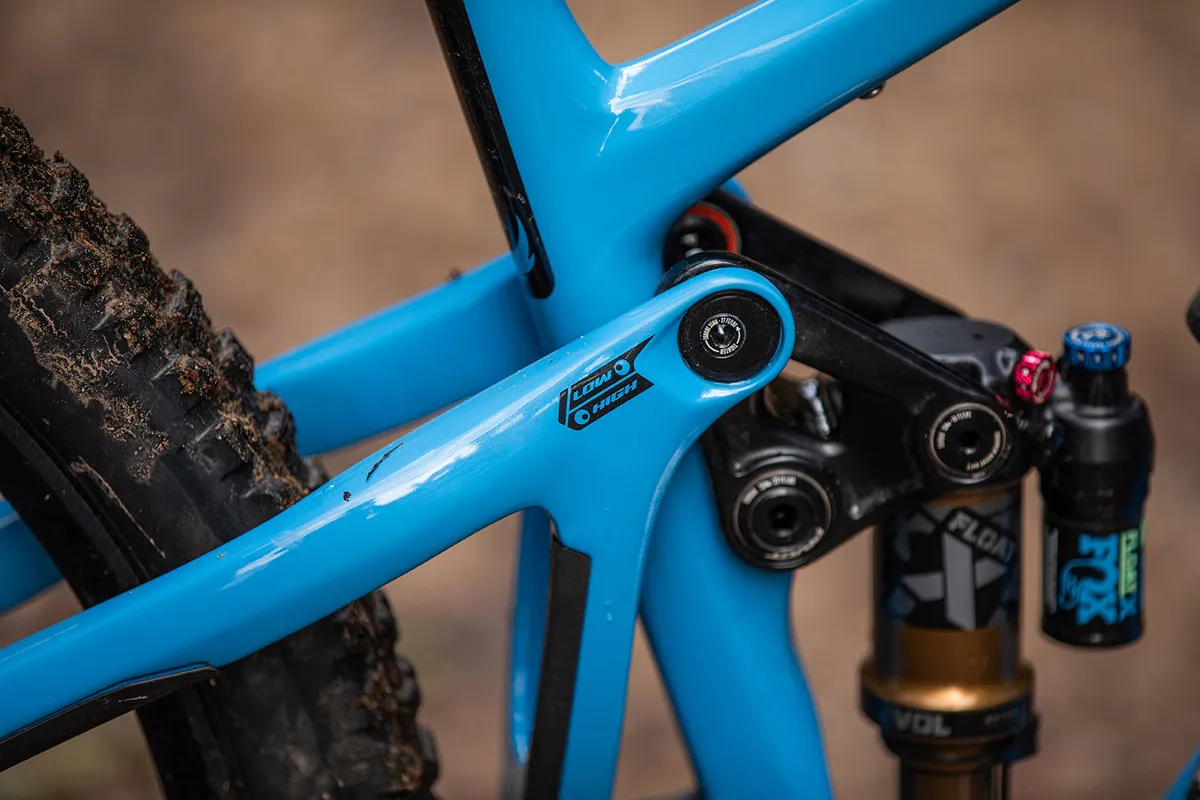
Flip chips in the frame's seatstays, rocker link or rear shock mount can change the bottom bracket height of full-suspension frames, as well as head and seat tube angles.
Depending on their size and orientation in the frame, they can raise or lower the BB height by a few millimetres and steepen or slacken your head angle by around half a degree. The two positions are commonly marked as ‘high’ and ‘low’, referencing the respective position of the bottom bracket in each setting.
If your bike is feeling twitchy or you feel you’re stood confidently behind the bar, you could try switching your flip chip into its ‘low’ position. If hitting your pedals on the floor is an issue, or you’re struggling to get the bike turned into corners, you could try moving your flip chip into its ‘high’ position.
Dropout inserts
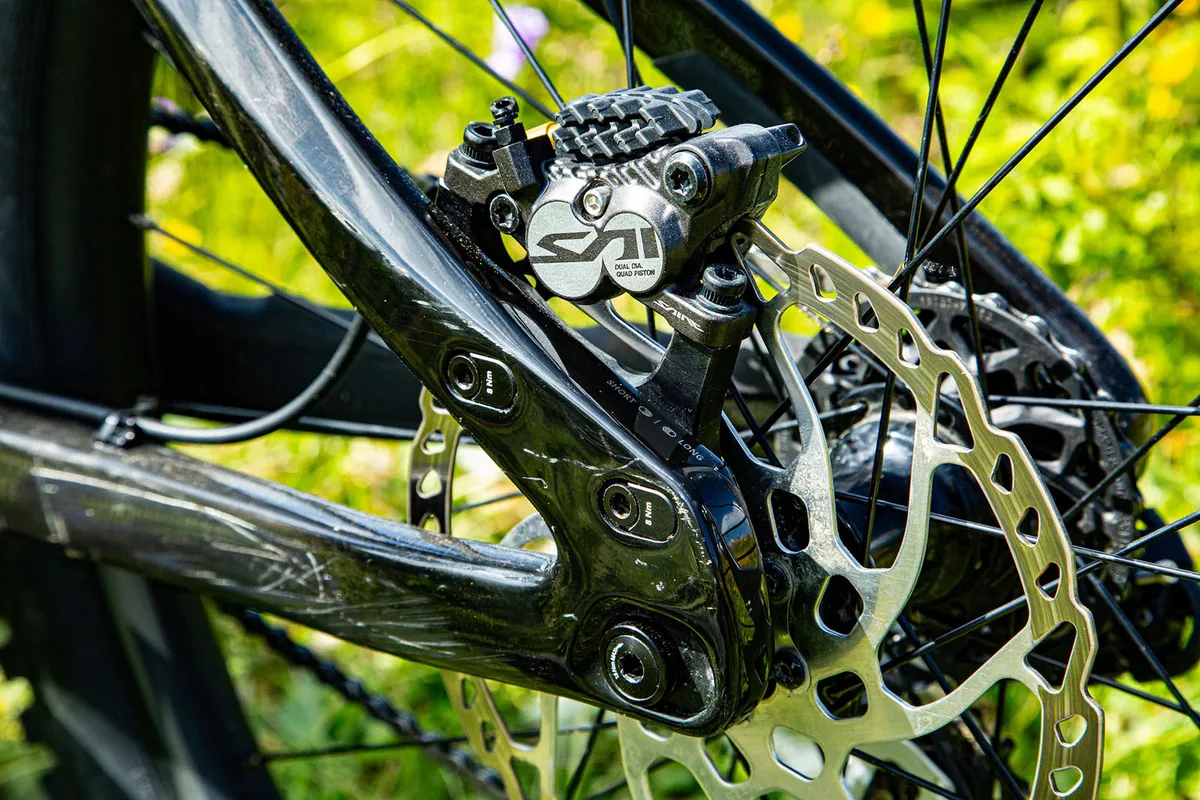
Dropout inserts, where the rear axle bolts into the frame, can often be swapped to change the length of your chainstays, by decreasing or increasing the distance between the centre of the bottom bracket and the rear axle.
Flipping an eccentric insert can change the chainstays from the short setting to the long setting, or can even change the length in increments using different inserts.
Some bikes, such as the Nicolai G1, use bolt-on mutator chips to alter the bike’s dropouts and change the chainstay length.
If your bike feels laborious to manual or lethargic in corners, you could shorten your chainstays. If your bike feels twitchy or you feel you’re at risk of looping out, you could try lengthening your chainstays.
Other tech to try
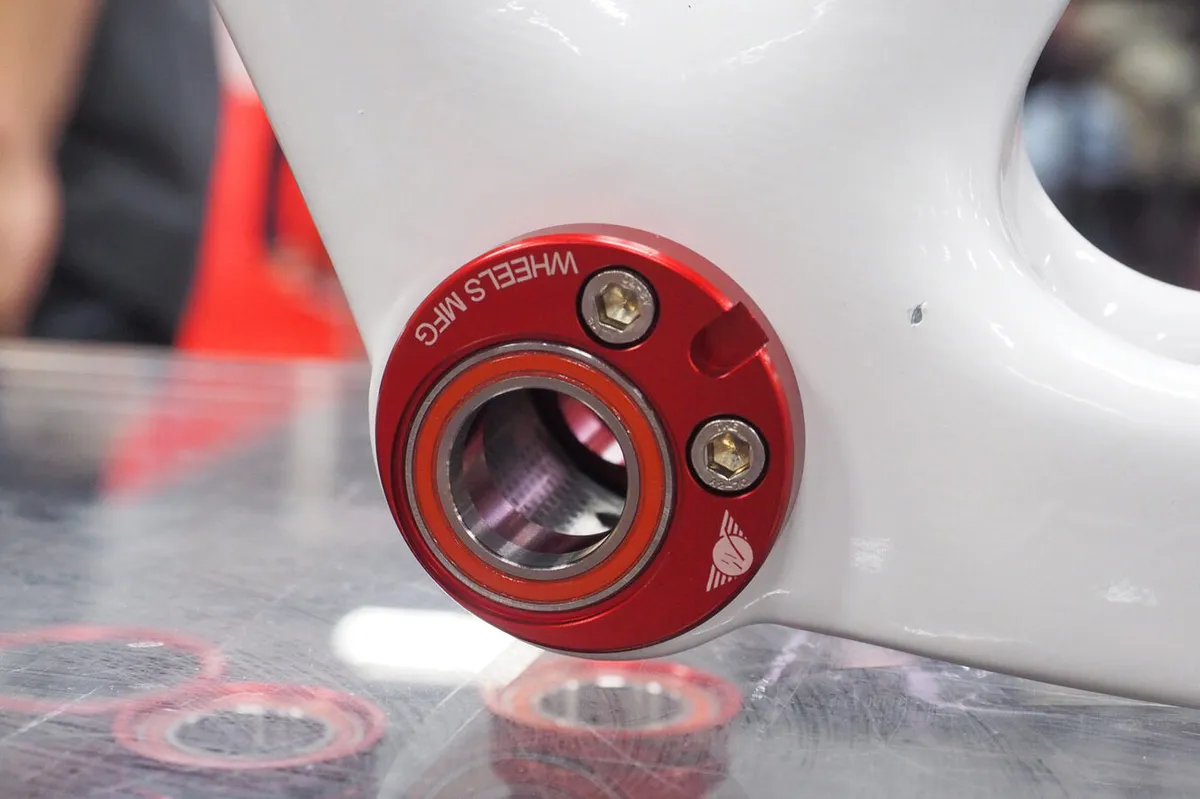
There are some other ways to adjust your mountain bike’s geometry beyond flip chips, adjustable headset cups or dropout inserts.
Eccentric bottom brackets are offset bottom bracket mounts which fit into the hole in your frame. They can be used to raise or lower the BB height, adjust the chainstay length, or a combination of the two.
However, they are frame-specific, so finding a model that works with your particular frame and cranks might be a struggle.
More common is offset shock-mounting hardware. If you have a full-suspension bike, you can fit these to many shocks to shorten the effective eye-to-eye length.

Offset bushings are cheap and relatively easy to install, allowing riders of older bikes to adjust their bottom bracket height and head angle in one easy step.
They do have their limitations, though. They may void your warranty, and you’ll have to confirm you have enough clearance between the moving parts of your frame.
Those looking to change up their bike’s geometry may find answers in custom links, such as those from Cascade Components. These can change the geometry of your bike or enable the fitment of different-sized mountain bike wheels.
A final tip
Make sure to adjust each element in isolation.
It’s difficult to keep track of how the feel of your bike has changed if you adjust more than one thing at a time.
For example, if you change your head angle, ride for a bit to get the feel of the bike before you alter your chainstay length.
